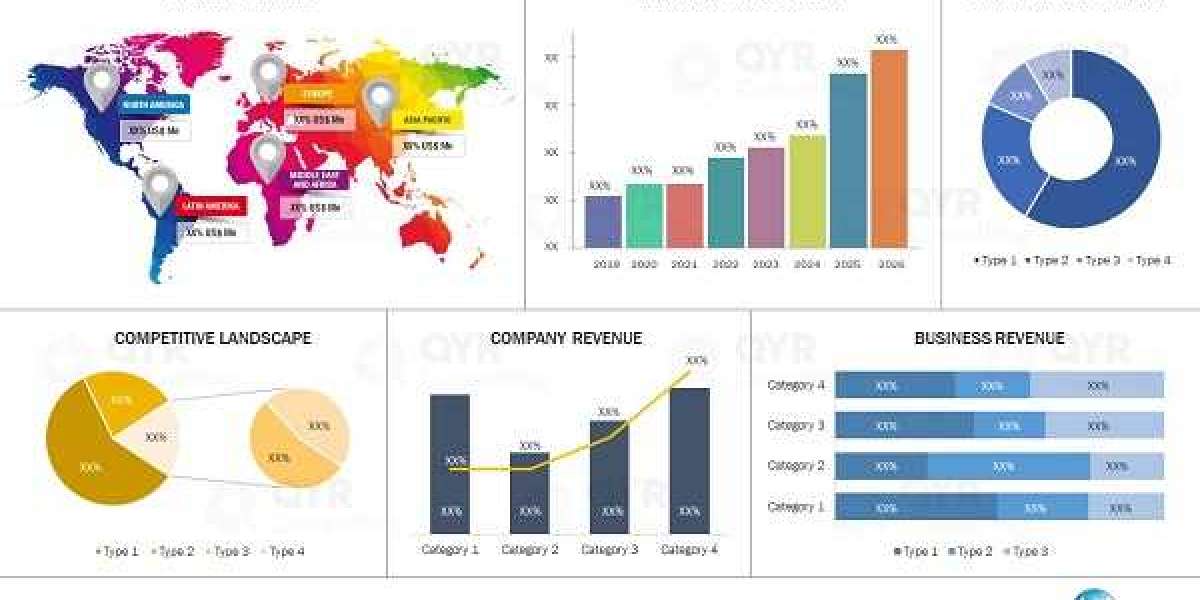Are you looking for reliable and professional fencing services in Bromley and nearby areas? Whether you need a sturdy fence for security, an elegant design to enhance your garden, or durable fencing for your commercial property, we have the expertise to deliver outstanding results. Our expert team specializes in Fencing Bromley, Fencing West Wickham, Fencing Chislehurst, Fencing Beckenham, Fencing Croydon, and Fencing Lewisham, ensuring top-notch craftsmanship and long-lasting solutions.
Why Choose Our Fencing Services?
With years of experience in the industry, we provide high-quality fencing services tailored to meet your specific needs. Our commitment to excellence makes us the go-to fencing company in Bromley and surrounding areas. Here’s why customers trust us:
Premium Materials: We use high-quality wood, metal, and composite materials to ensure durability and aesthetic appeal.
Experienced Professionals: Our skilled fencing experts have extensive knowledge in installation and repairs.
Custom Designs: We offer bespoke fencing solutions that enhance the beauty and security of your property.
Affordable Pricing: We provide competitive rates without compromising on quality.
Fast and Reliable Service: Our team ensures timely project completion with minimal disruption.
Our Fencing Services
1. Residential Fencing
Secure your home with our durable and stylish residential fencing options. We offer a variety of designs, including:
Traditional wooden fences
Modern composite fencing
Metal security fences
Decorative picket fences
2. Commercial Fencing
Protect your business premises with high-quality commercial fencing. Our commercial fencing solutions include:
Security fencing
Mesh fencing
Palisade fencing
Industrial-grade barriers
3. Garden Fencing
Enhance the beauty of your outdoor space with our garden fencing solutions. We provide:
Trellis fencing
Decorative wooden panels
Privacy screens
Eco-friendly fencing options
4. Fence Repairs Maintenance
Has your fence been damaged due to weather or wear and tear? Our repair services include:
Fixing broken panels
Replacing rotten wood
Reinforcing weak sections
Repainting and varnishing
Fencing in Bromley and Nearby Areas
Fencing Bromley
We offer high-quality fencing solutions for homeowners and businesses in Bromley, ensuring safety, privacy, and aesthetic enhancement.
Fencing West Wickham
Our team provides expert fencing installation and maintenance services in West Wickham, using durable materials that withstand the test of time.
Fencing Chislehurst
If you need stylish and sturdy fencing in Chislehurst, we have a range of options tailored to your specific requirements.
Fencing Beckenham
Enhance your property's security and curb appeal with our premium fencing services in Beckenham.
Fencing Croydon
From residential to commercial fencing, we deliver top-quality solutions across Croydon, ensuring excellent craftsmanship and longevity.
Fencing Lewisham
We provide fencing solutions that combine security, privacy, and aesthetic appeal for homes and businesses in Lewisham.
Get a Free Quote Today!
If you are looking for expert fencing solutions in Bromley, West Wickham, Chislehurst, Beckenham, Croydon, or Lewisham, we are here to help! Contact us today for a free consultation and quote. Our team is ready to assist you with professional advice and top-notch fencing services tailored to your needs.
Call us now or fill out our online form to schedule an appointment. Let us transform your outdoor space with high-quality fencing solutions that stand the test of time!











